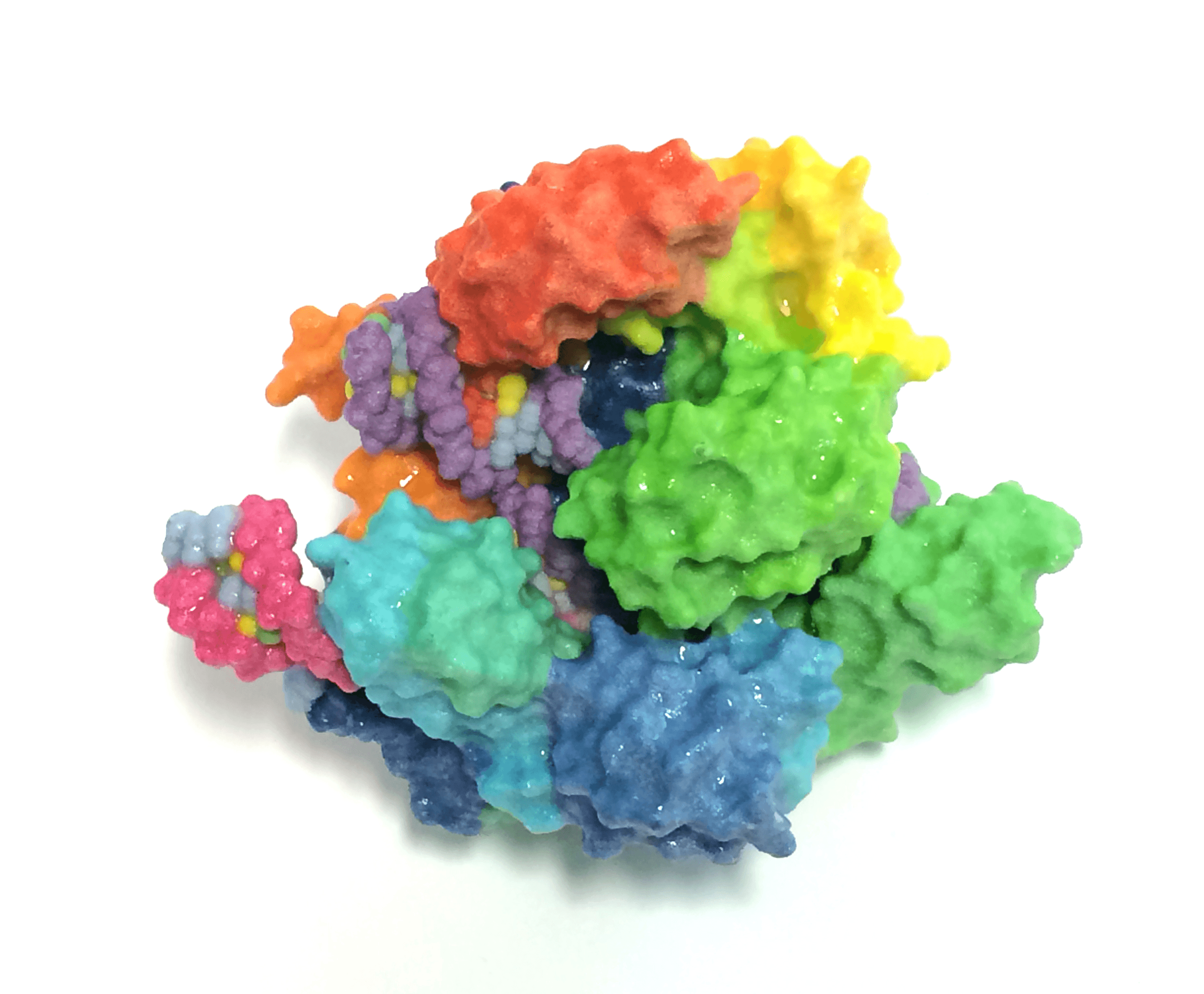If you have spent some time in scientific circles in the past year or so, it is more than likely that you have heard the term “CRISPR/Cas” being thrown around, and for good reason. CRISPR, or clustered regularly interspaced short palindromic repeats, refers to parts of the bacterial DNA that paired with proteins called Cas, allows the bacteria to recognize and destroy viruses that enter their cells.
While the CRISPR/Cas system has been known for several years, it became one of the most widely discussed discoveries in recent times because researchers figured out how to use this system to edit the human genome. These researchers were able to use CRISPR and a specific Cas protein, Cas9, to identify specific parts of the human genome, make cuts in the DNA, and even insert chosen sequences of DNA. This discovery has lit a fire in the scientific community; CRISPR/Cas9 has enormous implications, particularly for finding cures to genetic diseases.
Image Source: Hao Jiang
This week, researchers discovered a new protein that pairs with CRISPR called Cpf1, that has different, and in some ways more precise, editing properties than Cas9. Firstly, Cpf1 is a smaller protein than Cas9, allowing it to be more easily inserted into cells. Cpf1 also only requires one RNA molecule to function, versus the two RNA molecules for Cas9. The RNA is the guide that allows the CRISPR/Cpf1 system to locate the specific spot in DNA that you want to edit, so because Cpf1 only requires one of these, it makes the system simpler and less error prone. The two proteins also differ in how the DNA is cut. While Cas9 makes a straight cut through the double strands of DNA, Cpf1 makes an asymmetrical cut that results in what are referred to as “sticky ends”. This type of cut leaves overhangs of DNA and allows for more exact insertions of DNA into the cut sites.
Cpf1 should be viewed as more of an additional genome editing tool rather than a replacement of Cas9 systems. The combination of these two used together provides a richer array of editing techniques, as the two systems recognize different target sequences and have small, but significant mechanistic differences. The gene editing tools allow scientists to study diseases like never-before, allowing the study of the underlying genetic causes of currently incurable diseases like cancers and AIDS. The future of therapeutics might be that we can get rid of disease by simply deleting a “bad,” or mutated, gene. Further research will most likely reveal more CRISPR-Cas systems, giving researchers the once unimaginable ability to efficiently and effectively manipulate the human genome.
Feature Image Source: NIH Image Gallery










